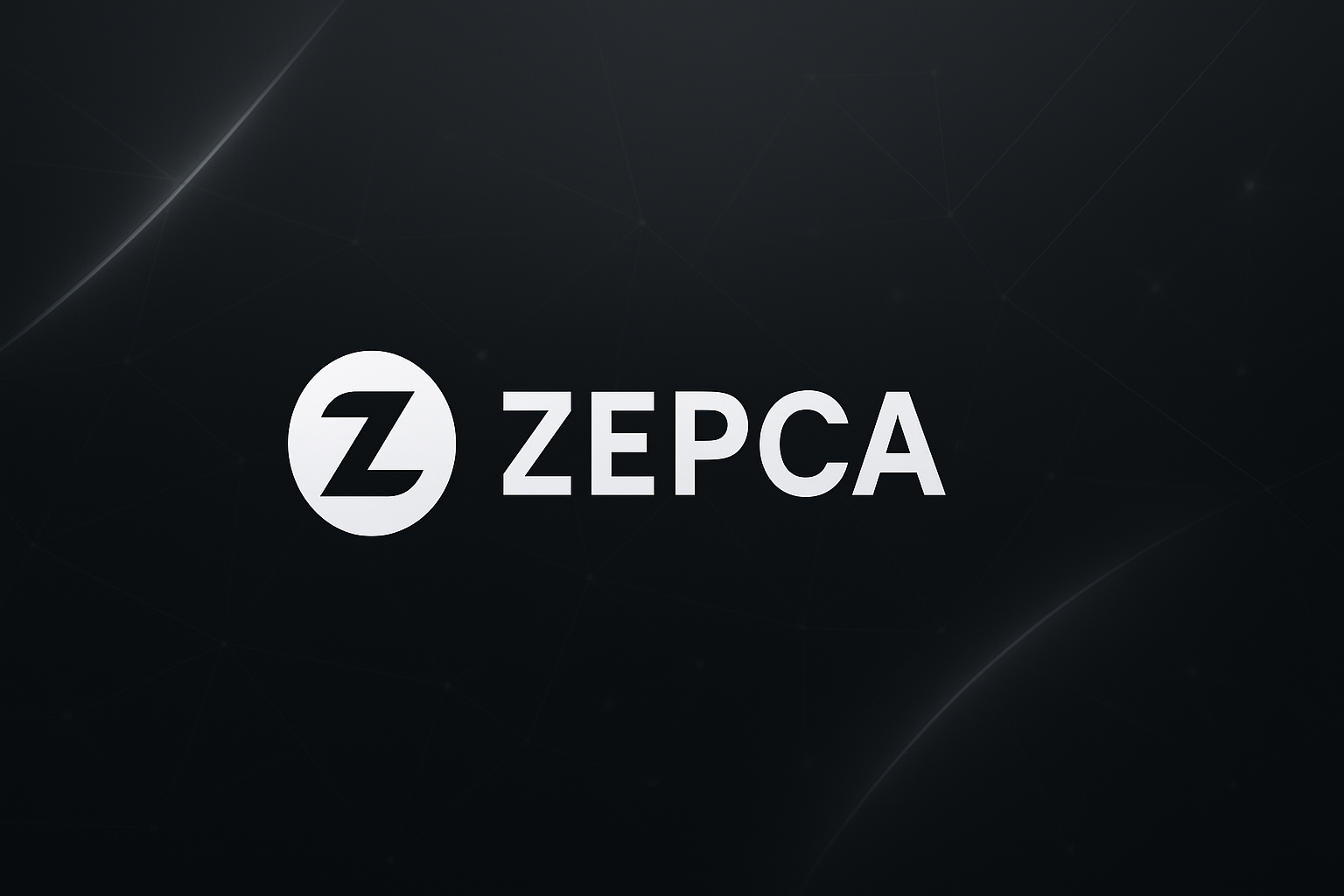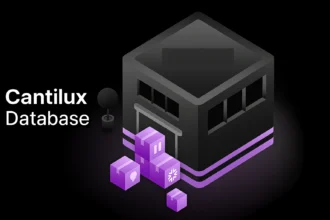OpenAI just dropped a bombshell that’s reshaping the AI landscape faster than most of us expected. With the release of OpenAI o3 and o4-mini, we’re looking at their most powerful reasoning models yet—o3 pushes the frontier across coding, math, science, and visual perception, while o4-mini delivers remarkable performance for its size and cost. But beyond the impressive benchmarks and technical specifications, what does this actually mean for the founders in our portfolio?
The short answer: everything just accelerated. The competitive landscape for AI-powered startups has fundamentally shifted, and the companies that adapt quickly will thrive while others struggle to keep up. After spending the last week analyzing these new models and their implications, the team at Zepca has identified both significant opportunities and critical challenges that our founders need to navigate.
The Technical Leap That Changes Everything
Let’s start with what’s actually different about these models. OpenAI’s GPT-4.1 family outperforms previous models across the board, with major gains in coding and instruction following, plus support for up to 1 million token context windows. Meanwhile, o4-mini is optimized for fast, cost-efficient reasoning and is the best-performing benchmarked model on AIME 2024 and 2025.
But here’s what the technical specs don’t tell you: these aren’t just incremental improvements. The reasoning capabilities we’re seeing represent a qualitative shift in what AI can do reliably. Tasks that required careful prompt engineering and multiple iterations can now be handled in single requests with higher accuracy.
The Three-Tier Impact on Our Portfolio
Based on our analysis, founders in our portfolio will experience this shift in three distinct ways:
1. The Acceleration Effect (High-Growth Opportunity)
Companies building AI-native products that can immediately leverage these enhanced reasoning capabilities will see their development timelines compress dramatically. We’re already seeing portfolio companies reduce complex workflows from weeks to days simply by upgrading their underlying models.
2. The Commoditization Risk (Strategic Threat)
Startups whose core value proposition was “we can do X with AI” need to move fast. If your entire moat was being early to implement GPT-4 for a specific use case, o3 and o4-mini just lowered the barrier for competitors to match your capabilities.
3. The Infrastructure Challenge (Operational Impact)
The improved context windows and reasoning capabilities create new possibilities but also new infrastructure demands. Companies will need to rethink their data pipelines, cost structures, and scaling strategies.
What This Means for Different Startup Categories
| Startup Category | Immediate Impact | Strategic Response |
|---|---|---|
| AI-First Products | Major acceleration in capabilities | Double down on data moats and user experience |
| Traditional SaaS + AI | Competitive pressure to upgrade | Rapid integration timeline critical |
| Developer Tools | New opportunities for AI-native tooling | Build for the new capability ceiling |
| Enterprise AI | Enhanced deal flow potential | Focus on implementation and change management |
The Competitive Landscape Reset
Here’s what founders need to understand: the release of these models isn’t just a product update—it’s a competitive reset. Companies that were leading in AI capabilities six months ago might find themselves playing catch-up if they don’t adapt quickly.
We’re seeing this pattern across our portfolio. The startups that are thriving right now are those that built their products with the assumption that the underlying AI would keep improving rapidly. They designed flexible architectures that can take advantage of new capabilities without requiring complete rebuilds.
The Four-Step Response Framework
For our founders, we’re recommending a structured approach to navigating this transition:
Step 1: Audit Your Current AI Stack Identify which parts of your product could benefit from enhanced reasoning capabilities. Don’t just look at obvious applications—consider where better reasoning could eliminate current workarounds or manual processes.
Step 2: Reassess Your Competitive Moat If your advantage was purely technical AI implementation, it’s time to strengthen other defensible aspects of your business: proprietary data, network effects, or deep domain expertise.
Step 3: Plan Your Integration Timeline Companies that integrate these new capabilities within the next 60 days will have a significant advantage over those who wait. The performance improvements are substantial enough to create noticeable user experience differences.
Step 4: Rethink Your Cost Structure O4-mini’s cost efficiency for reasoning tasks means you might be able to offer more sophisticated features at lower price points, potentially disrupting your own pricing strategy before competitors do.
The Opportunity Hidden in Plain Sight
While everyone’s focused on the technical capabilities, the real opportunity might be in the second-order effects. These models are good enough to enable entirely new product categories that weren’t feasible before. We’re seeing early experiments in autonomous research, complex multi-step reasoning, and sophisticated code generation that could spawn billion-dollar markets.
The founders who win won’t be those who simply upgrade their models—they’ll be those who reimagine what’s possible with AI that can reason more effectively than ever before.
Looking Forward: The Next Six Months
The AI landscape is moving faster than traditional venture timelines, and founders need to match that pace. Companies that take months to evaluate and implement these new capabilities will find themselves permanently behind competitors who moved quickly.
For our portfolio companies, we’re not just providing capital—we’re providing the strategic support to navigate this transition successfully. The next six months will separate the AI companies that thrive from those that become footnotes in the history of this transformation.
Key Takeaway: OpenAI’s new models aren’t just technical upgrades—they’re competitive resets that will determine which startups thrive in the next phase of AI. Founders should focus on rapid integration, strengthening non-technical moats, and reimagining what’s possible rather than just improving what currently exists. The companies that move fastest will capture disproportionate value in this new landscape.
Zepca’s Perspective on the Creator Economy and What Comes Next


